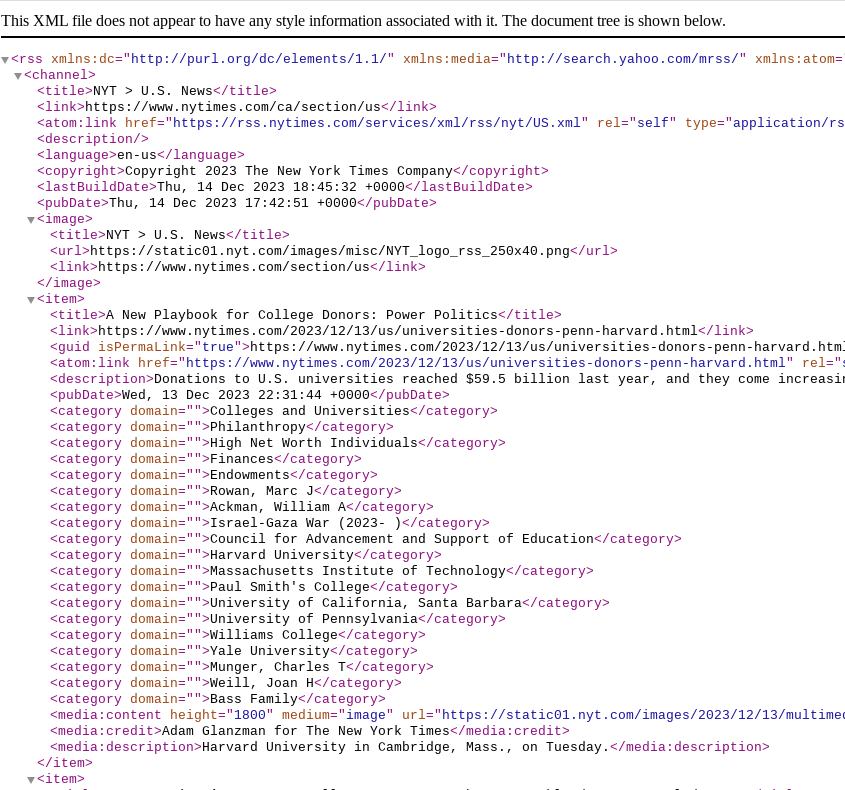[ad_1]
RSS is technology used to monitor rapidly changing information on the web in an organized and user-friendly way. RSS stands for Rich Site Summary and it is not limited to monitoring news sites like
RSS technology also allows people to monitor blogs, Twitter or Facebook pages, financial information, daily deals, classified sites, and government alerts to name just a few.
By posting a “feed” on their page, website owners allow RSS readers to search their site to continuously look for fresh and new information all the while maintaining user privacy.
There is a lot of confusion surrounding the little orange and white RSS icon that is found all over the world on news and blog sites. People find it odd that when you click on it, you’re taken to a webpage that looks unfinished. Did the website designers forget to do something here?
In fact the opposite is true. Putting that little orange symbol on a webpage is the final touch in making website information available to everyone as soon as it is put on the internet. The strange webpage you are taken to is written in what’s called XML code.
To provide you with an example of what an XML file looks like, the below image is from the RSS feed for the New York Times.

XML is a special set of instructions to an RSS feed reader that tell it when the information for that particular webpage has changed or been updated. People who visit a webpage often for “up to the minute” information use this amazing technology to bring them the latest content from the sites they are interested in.
Need an RSS icon graphic for your website? Feel free to use the one of the RSS icon png images below!

Image URL: https://rss.com/blog/wp-content/uploads/2019/10/social_style_3_rss-512-1.png

Image URL: https://rss.com/blog/wp-content/uploads/2023/12/1024px-Feed-icon.svg_.png
Image Source: Wikimedia Commons.
Did you know that RSS technology is also used for podcasting? Podcast hosting providers like RSS.com create unique RSS feed for each podcast that contains metadata for every episode including titles, descriptions and media files.
These podcast RSS feeds are the way that episodes are distributed to popular podcast directories like Apple Podcasts, Spotify and even YouTube. When a podcaster publishes a new episode, their RSS feed is updated and the podcast directory is able to receive and display the information associated with the new episode.
[ad_2]
Source link